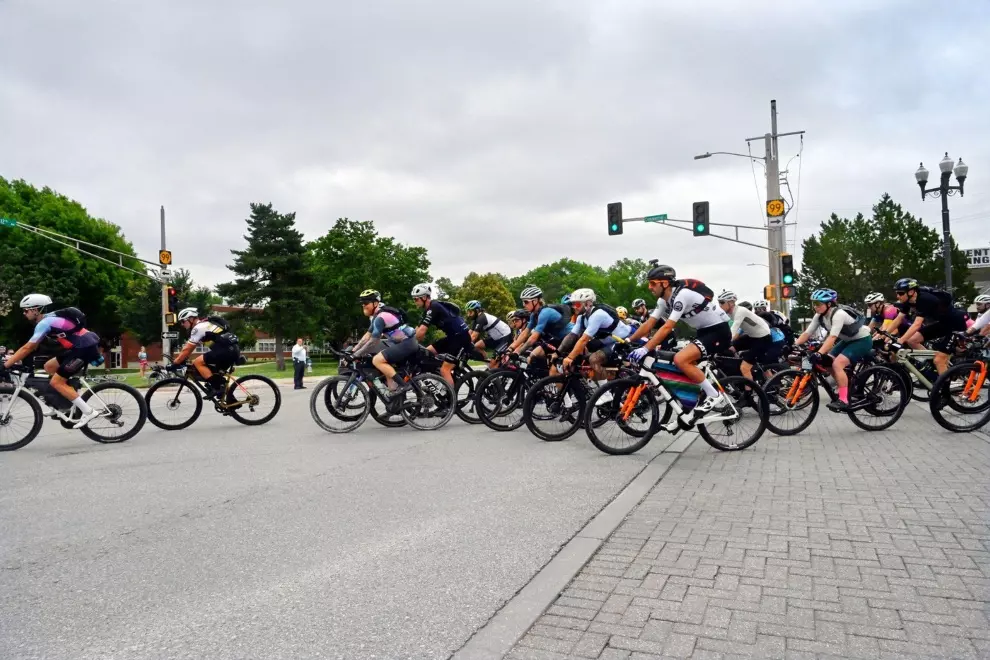Prioritize hydration
The importance of hydration cannot be overstated, as it significantly affects your ability to break down food and transport nutrients into your bloodstream. Dehydration and overheating slow down gut motility, preventing energy from reaching your muscles and increasing the risk of gastric distress. It’s easier to fix an energy deficit than to resolve hydration and temperature-related issues, so always prioritize hydration over energy intake.
Aim for 500-1,000 ml of fluid per hour and make sure to use electrolyte drinks, especially if you tend to sweat a lot or ride in a very hot climate.
Separate calories and fluids
Carbohydrate-rich sports drinks typically provide around 25 grams of carbohydrates (100 kcal) in about 500 ml of fluid, which is similar to most carbohydrate gels. Incorporate sports drinks into your fuelling strategy but also ensure you have plain water or electrolyte drinks to increase fluid intake as needed. This separation allows you to adjust your energy and fluid intake independently. Especially if you want to give your stomach a break from carbs, having other hydration options apart from sports drinks can be a lifesaver.
Match food choices to intensity
During long endurance rides, athletes often begin with solid foods high in carbs, fats, and protein. These foods are slower to digest, providing longer-lasting energy, which is perfect when cycling at a lower intensity. However, gravel races tend to start fast, as riders push to stay with the fast group before settling into a sustainable pace. If this is the case for you, go for quick carbs like gels or sports drinks during this initial period. Once you establish a sustainable pace, switch to solid foods again and reserve fast calories for later in the day.
Aim for 30-60 g of carbohydrates per hour to keep your energy topped off. Increase your intake when the intensity is lower and reduce it when you’re going uphill or working hard to catch up to a group.
Don’t underestimate stomach issues
Even with a well-tested fuelling strategy, stomach problems can still arise due to dehydration, overheating, and reduced gut motility. You should always be ready for digestive issues and know what to do. If you experience nausea, bloating or a sour stomach, try slowing down, cooling down, and sipping small amounts of plain water. This allows your body to redirect blood to the gut for improved digestion while reducing internal heat production. Taking proactive measures like dousing yourself with water and opening layers can help prevent this from happening too.
Don’t forget about the pre-ride
Fuelling properly before your ride has a big impact on your performance. Your last main meal consisting of carbs, proteins, and some healthy fats should be timed 2-3 hours before your ride. If you’re heading out early in the morning, have a well-rounded dinner the night before as well as plenty of fluids for the whole day prior to your ride.
The nutrition, hydration and pacing decisions you make in the early parts of your ride or race will have a dramatic impact on how you feel crossing the finish line. A well-tested nutritional strategy will help you feel strong and enjoy those long days to the fullest.






